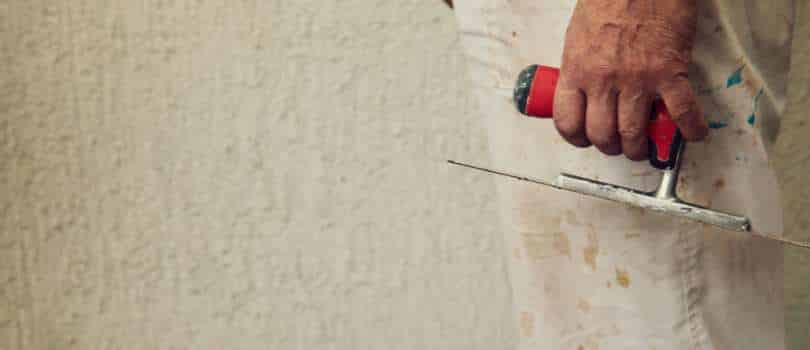The cost of rendering a house can vary greatly depending on several factors, including the size of the house, the type of render used, the complexity of the job, and the location.
One of the biggest factors in determining the cost of rendering a house is the size of the house. A larger house will require more material and more labor, which will increase the cost of the job. The size of the house can also affect the cost of scaffolding and other equipment needed for the job.
The type of render used is also a significant factor in determining the cost of rendering a house. There are several different types of render, including sand and cement render, silicone render, acrylic render, and others. Each type of render has its own unique benefits and drawbacks, and the cost of the job will vary depending on the type of render used. Sand and cement render is typically the most affordable option, while silicone and acrylic render tend to be more expensive.
The complexity of the job is another factor that will affect the cost of rendering a house. If the house has large, complex areas that need to be rendered, the cost of the job will be higher than if the house has simple, straightforward areas. Factors like the number of corners, the number of windows, and the number of different textures and patterns can all affect the complexity of the job.
Location is another important factor in determining the cost of rendering a house. In some areas, the cost of labor and materials may be higher than in others. The cost of living in the area and the cost of doing business in the area can also affect the cost of rendering a house.
On average, the cost of rendering a house in the UK can range from £1,500 to £5,000 or more. However, this is just a rough estimate, and the actual cost of the job will depend on the factors mentioned above. To get a more accurate estimate of the cost of rendering a house, it is best to get quotes from multiple professionals.
When getting quotes, it is important to compare the prices of different quotes, but also to consider the quality of the work and the reputation of the company. A company that offers a low price may be cutting corners and using lower quality materials, which could result in problems down the road. On the other hand, a company that offers a high price may not be providing good value for the money.
The cost of patch repair for a rendered wall can vary depending on the size of the repair and the type of material used. On average, patch repair can cost anywhere from £100 to £400, with larger repairs costing more. The cost of patch repair can also be affected by factors such as the difficulty of accessing the area in need of repair, the cost of materials, and labor costs. If the patch repair requires matching an existing finish, the cost may be higher, as specialized materials and techniques may be needed. It is best to consult with a professional renderer to get a more accurate estimate for the cost of patch repair for your specific situation.

In the UK, planning permission and building regulations approval are required for various types of building work, including rendering a house.
Planning permission is required if the rendering work involves significant changes to the appearance of the building, such as altering the size or shape of windows or doors. It is always advisable to check with the local planning authority before starting any work to confirm if planning permission is required.
Building regulations approval is required for all building work, including rendering, to ensure that it meets minimum standards for safety, health, and sustainability. This includes ensuring that the render is suitable for the building, has the correct insulation and ventilation, and complies with fire safety standards. Building regulations approval must be obtained before work begins and is required for both new builds and renovations.
It is important to note that failure to obtain the necessary planning permission and building regulations approval can result in enforcement action and fines, and can also impact the value of the property. It is recommended to seek the advice of a qualified professional to ensure that the proposed rendering work complies with all relevant regulations.
There are several benefits to rendering a house, including:
It is important to note that the benefits of rendering a house will depend on the type of render used and the quality of the installation. It is recommended to seek the advice of a qualified professional to ensure that the right type of render is chosen for the building and that it is installed correctly.

The time it takes to render a house can vary greatly depending on the size of the house and the number of people working on the job. On average, it can take anywhere from a few days to a week or more to render an entire house. This includes preparation work, such as cleaning and repairing the surface, as well as the actual rendering process. If the house is large, multiple coats of render may be needed, which can add additional time to the project. Additionally, the drying time for each coat of render also needs to be taken into account. In general, it is best to allow several days to a week between coats to ensure proper drying and curing.
There are several different types of render available, each with its own unique characteristics and benefits. Some of the most common types of render include:
The cost of rendering a house can vary greatly depending on several factors, including the size of the house, the type of render used, the complexity of the job, and the location. To get the best value for your money, it is important to get quotes from multiple professionals, compare prices, and consider the quality of the work and the reputation of the company.